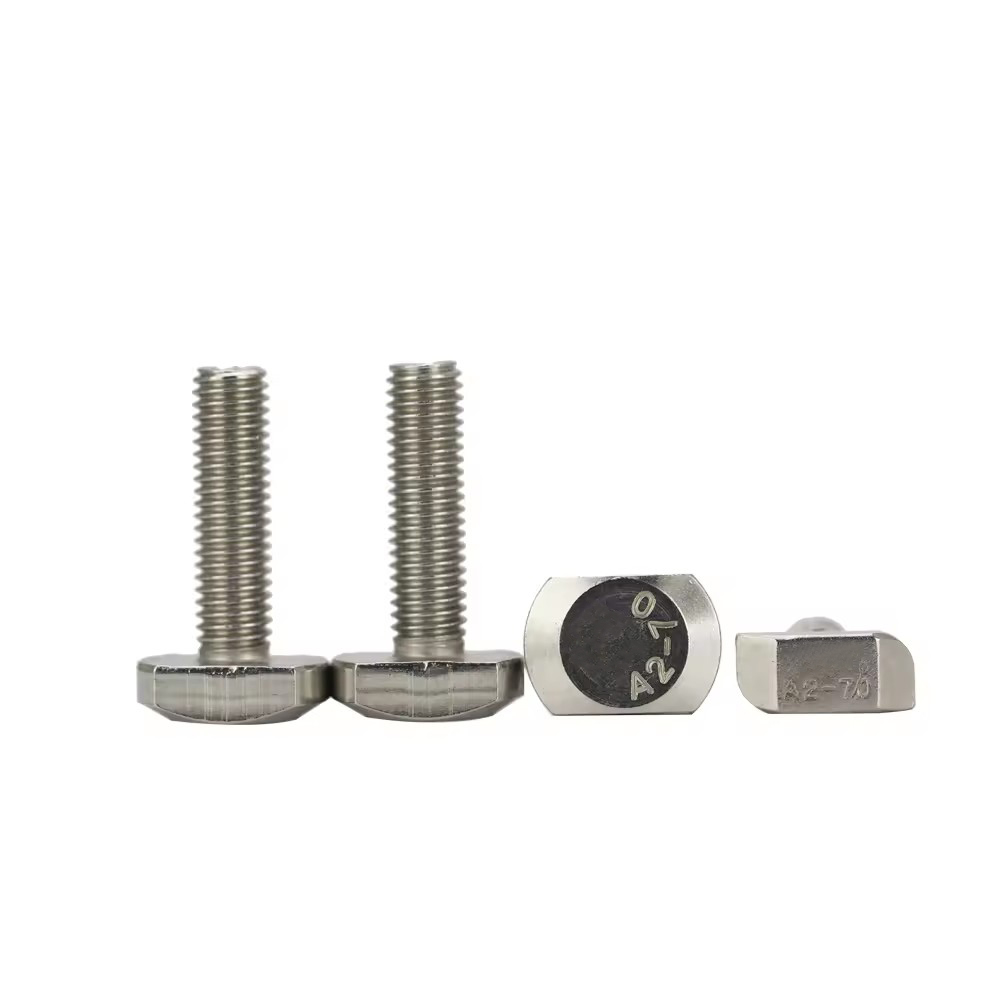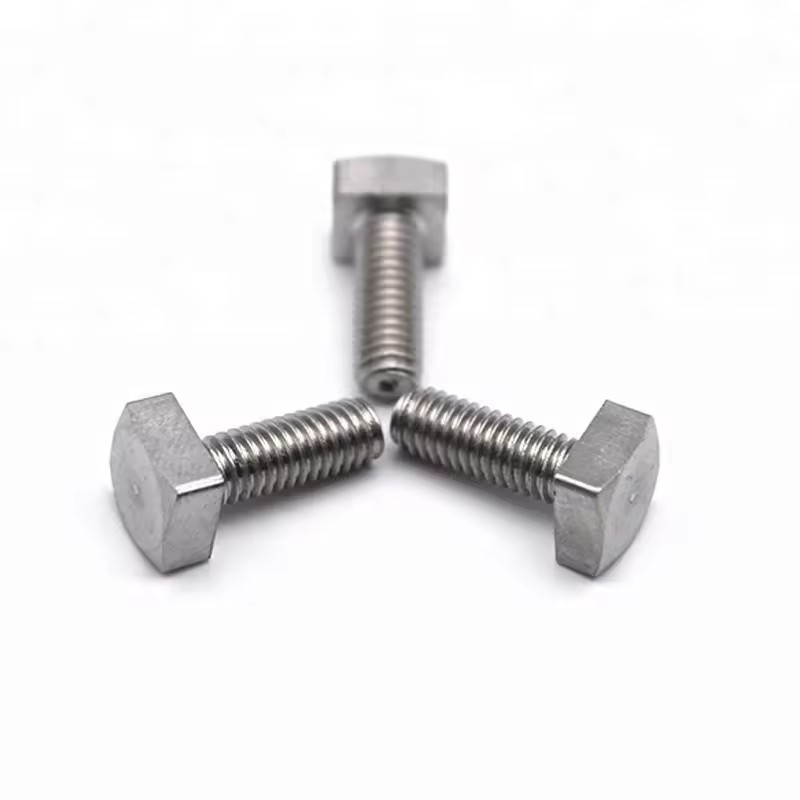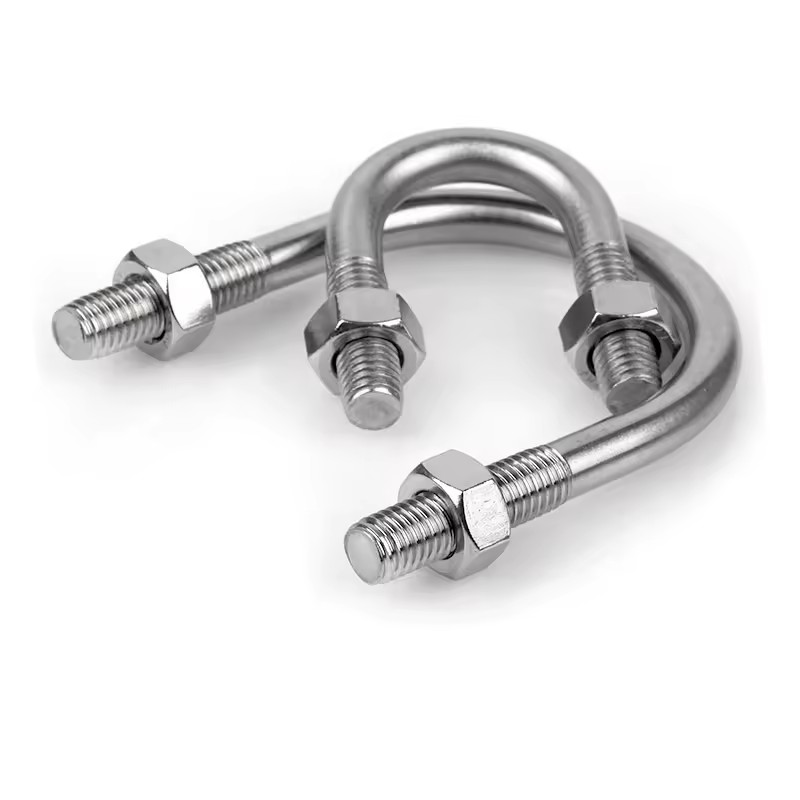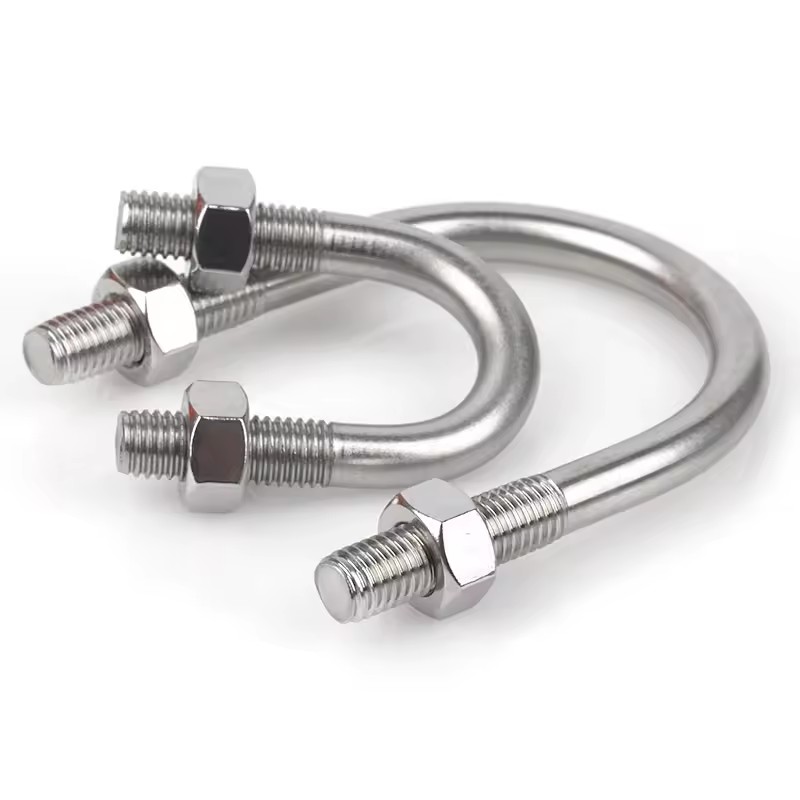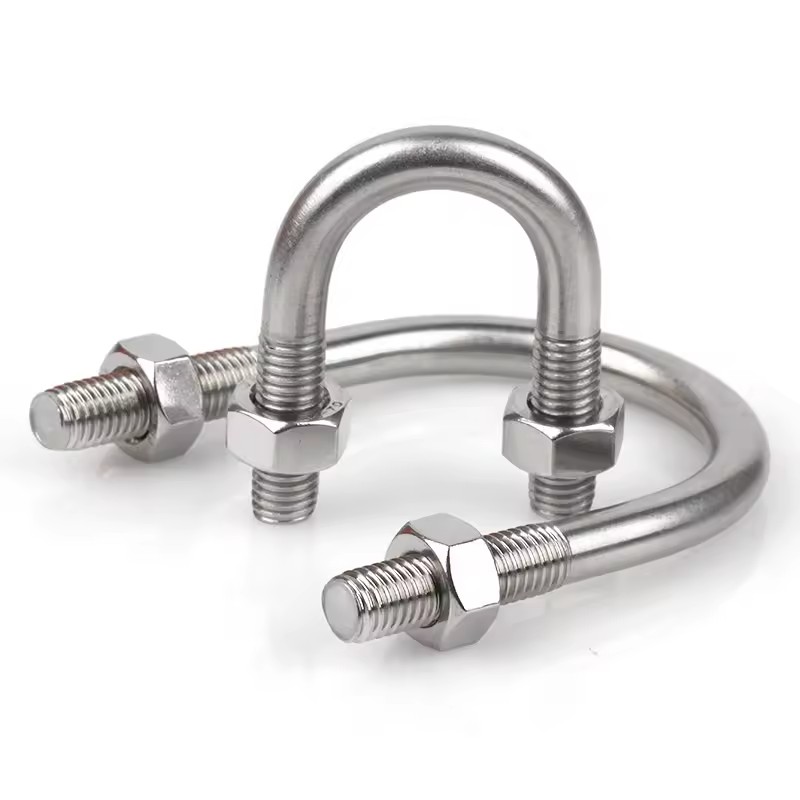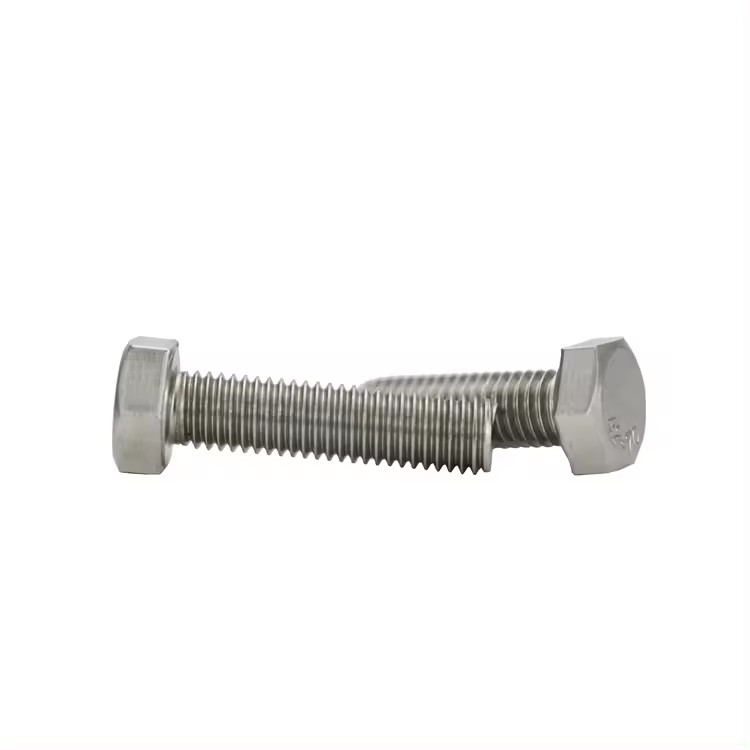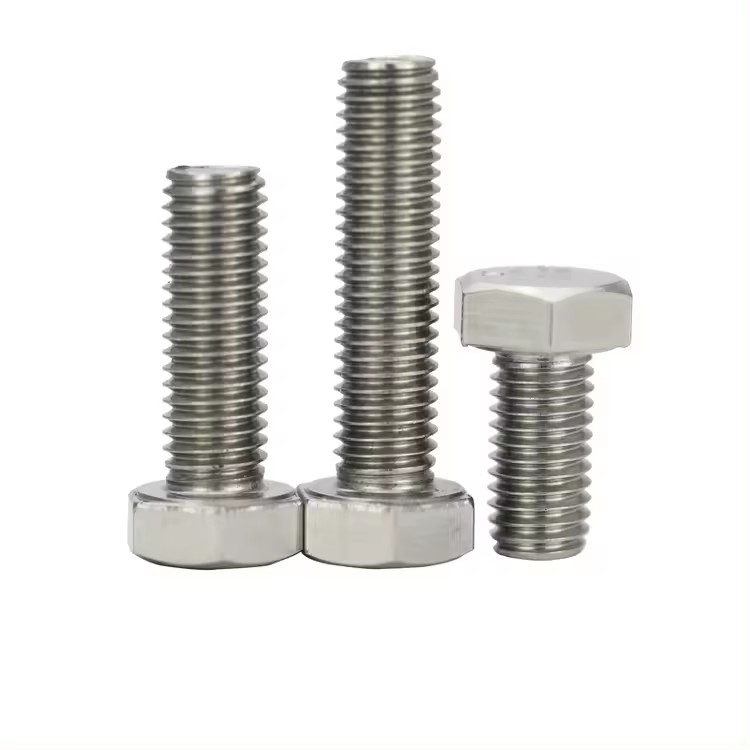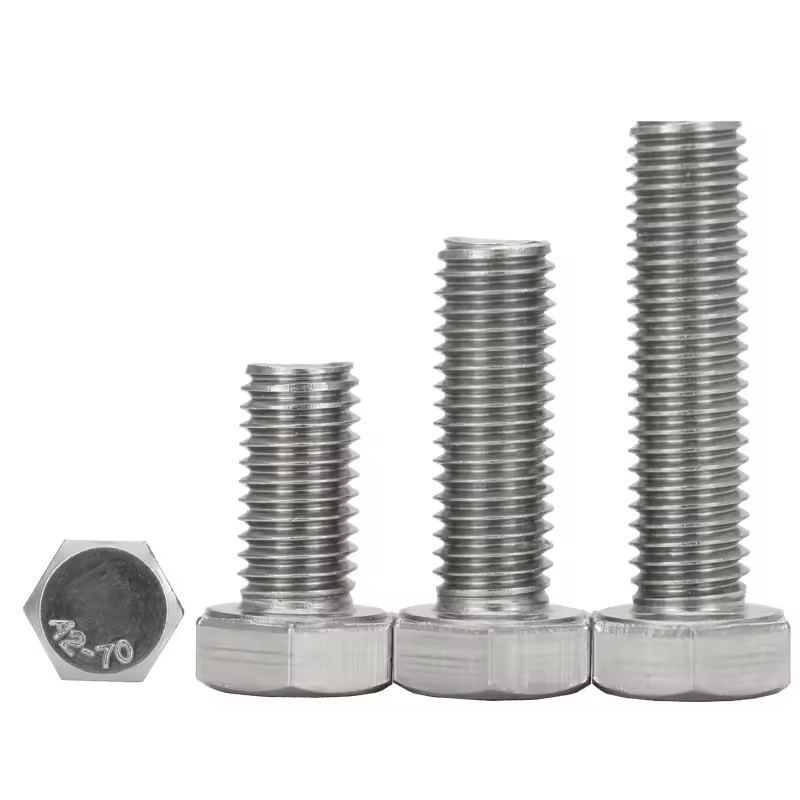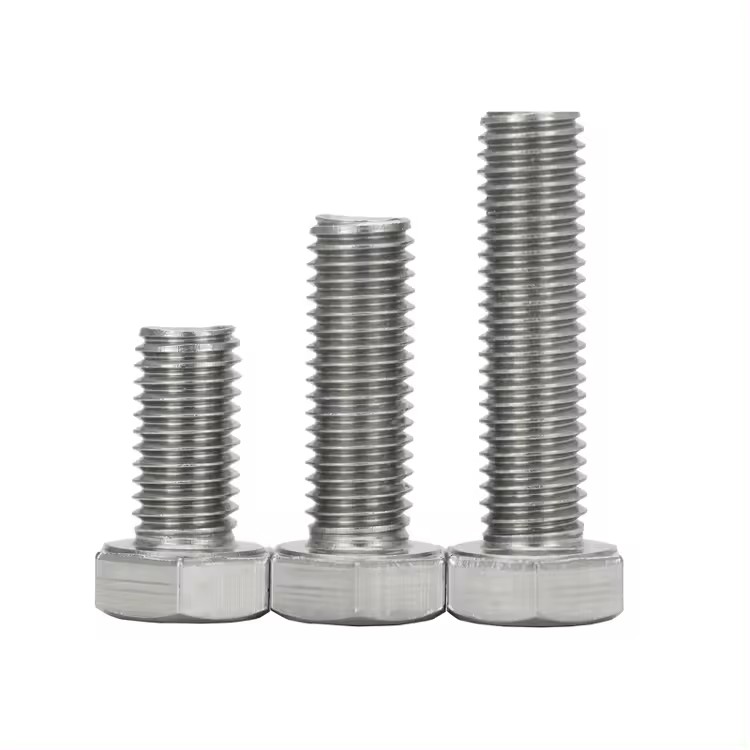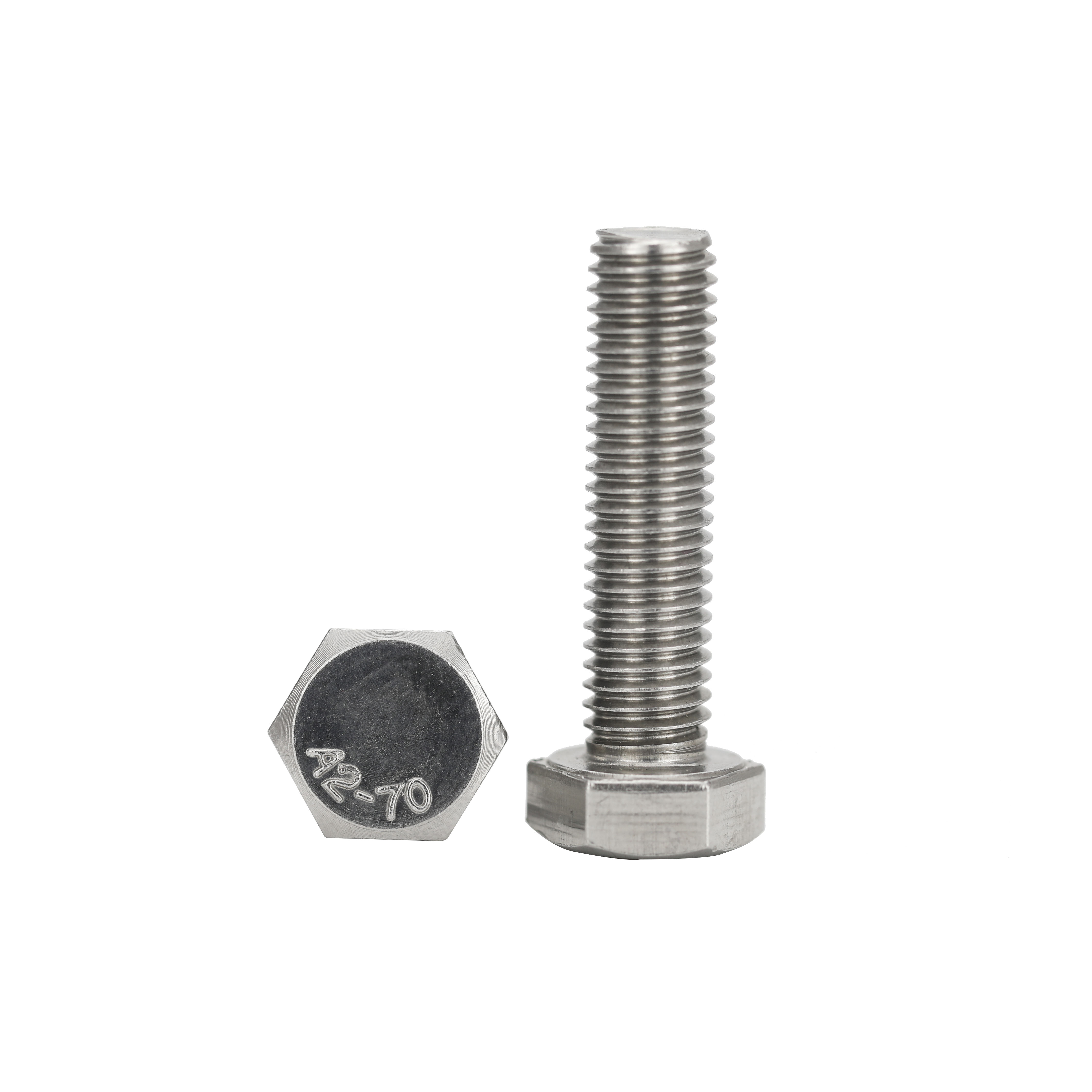If you’ve ever assembled furniture, worked on a car, or tackled a DIY project, you’ve almost certainly encountered both coarse and fine machine screw threads. While they may seem interchangeable at a glance, choosing the wrong type can lead to a weak connection, damaged materials, or a frustrating assembly experience. Understanding the fundamental differences between these two thread types is crucial for anyone working with fasteners.
This guide will break down the definitions, key characteristics, advantages, and ideal applications for both coarse thread and fine thread screws. By the end, you’ll be equipped to select the perfect screw thread for any project, ensuring a strong, reliable, and durable result.
The Basics: Defining Thread Pitch
Before diving into the differences, we need to understand one key term: thread pitch.
Simply put, thread pitch is the distance between threads. It’s a measurement of how closely the threads are spaced together on the screw’s shaft. You can measure it by counting the number of thread peaks within a one-inch span.
A coarse thread screw (often abbreviated UNC for Unified National Coarse) has a larger thread pitch. This means fewer threads per inch (TPI), with wider gaps between each thread.
A fine thread screw (abbreviated UNF for Unified National Fine) has a smaller thread pitch. This means more threads per inch, packed closely together.
This fundamental difference in spacing drives all the subsequent variations in performance and application. For those working with metric fasteners, the same principle applies, denoted directly by the pitch measurement in millimeters (e.g., M6x1.0 is finer than M6x1.5).
Visual and Physical Comparison
The easiest way to tell coarse and fine threads apart is by looking at them side-by-side.
Coarse Threads: Look robust and deeply cut. The grooves are wider and more pronounced. A 1/4-20 screw (a common coarse thread) has 20 threads per inch.
Fine Threads: Appear denser and more delicate. The threads are closer together, creating a smoother-looking shaft. A 1/4-28 screw (its fine-thread counterpart) has 28 threads per inch for the same diameter.
This visual distinction is your first clue to the screw’s intended purpose and strengths.
Key Differences and Their Practical Implications
The choice between coarse and fine isn’t arbitrary; each type excels in specific scenarios based on its physical properties.
Strength and Load Distribution
This is a common area of confusion. It’s a myth that fine threads are inherently stronger. The reality is more nuanced:
Coarse Threads: Generally have higher tensile strength (resistance to being pulled apart) for a given screw diameter and material. The larger, deeper threads mean there is more cross-sectional metal area at the root of the thread, making the screw itself slightly less prone to snapping under tension.
Fine Threads: Typically provide higher shear strength (resistance to lateral forces) and better load distribution. Because there are more threads engaging the nut or tapped hole, the force applied to the connection is distributed across a greater surface area. This reduces stress on any single thread, which is a critical advantage in dynamic load applications.
Verdict: For a stiff, static pull, a coarse thread might be marginally stronger. For vibrations, shock loads, and precision adjustments, fine threads distribute force more effectively.
Resistance to Vibration and Loosening
This is one of the most significant practical differences.
Coarse Threads: Their wider pitch makes them more prone to vibrate loose. When a coarse-thread connection is subjected to vibration, the larger “lead angle” (the angle of the thread helix) allows it to back out more easily. This is why nylon insert lock nuts or thread-locking fluid are often essential with coarse threads in high-vibration environments like automotive or machinery.
Fine Threads: Are superior for vibration resistance. Their finer pitch creates a much shallower lead angle. This acts like a finer gear, making it harder for the screw to rotate loose under vibrational forces. The increased number of threads in contact also creates more friction and a tighter grip, enhancing their natural ability to stay put.
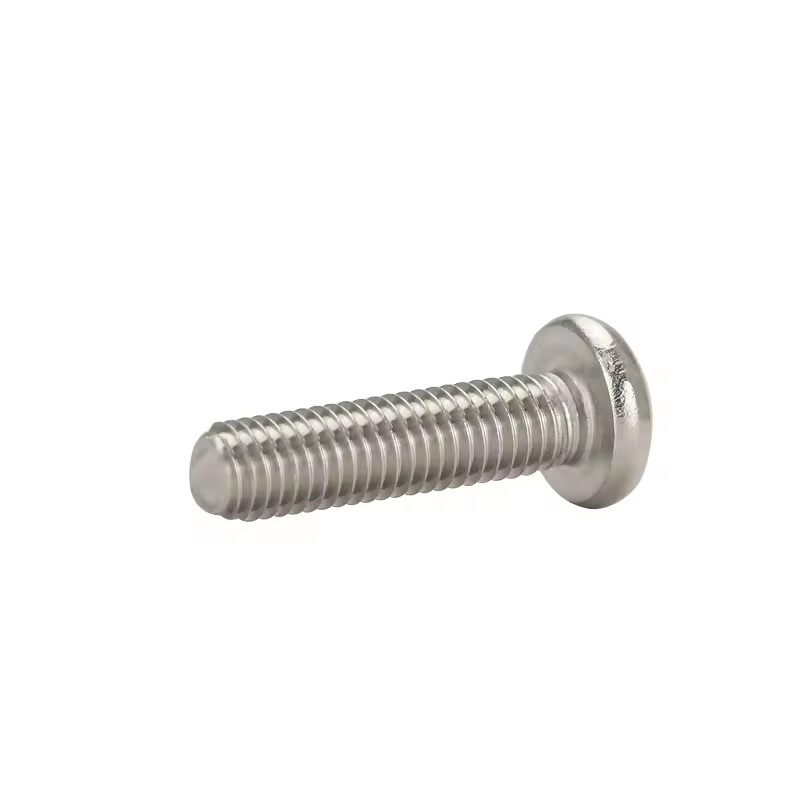
Torque and Clamp Force
Achieving the correct clamp force—the force that holds two objects together—is the ultimate goal of tightening a screw.
Coarse Threads: Are more forgiving and can achieve a higher preload (the tension in the screw when tightened) with less precise torque. They are less likely to cross-thread or strip during installation, especially when done by hand. This makes them ideal for general-purpose applications and softer materials.
Fine Threads: Allow for more precise torque application and finer adjustment. Because you have to turn them more times to move them a linear distance, you have greater control over the final tightness. This is why fine threads are ubiquitous in precision instruments, aerospace applications, and sensitive calibrations where exact positioning is key.
Suitability for Material Types
The material you are driving the screw into is a primary deciding factor.
Coarse Threads: Are the undisputed champion for soft materials like wood, plastic, cast iron, and mild steel. Their deep, aggressive threads bite aggressively and are far less likely to strip out the parent material. They are also better for tapping brittle materials as they remove less material, preserving the integrity of the hole.
Fine Threads: Are best suited for hard materials and thin sheets. Hardened steel, aluminum (to a degree), and strong alloys provide a strong base for the finer threads to engage without stripping. In thin sheets, fine threads allow for more engaged threads within a limited material thickness, creating a stronger connection than a coarse thread could.
Cross-Threading and Ease of Assembly
Coarse Threads: While their larger pitch can make them slightly more prone to loosening, it also makes them easier to start and less susceptible to cross-threading. They are more “chunky” and align more easily, speeding up assembly lines and reducing errors in mass production.
Fine Threads: Require more care during assembly. Their fine pitch makes them more vulnerable to cross-threading if not started perfectly straight. This often necessitates guided starters or more skilled labor.
When to Use Coarse Threads (UNC)
Choose coarse threads when:
Working with soft materials (wood, plastic, soft metals).
Rapid assembly is a priority.
The application involves hand assembly.
The operating environment has minimal vibration (or you plan to use robust locking mechanisms).
You need high tolerance to thread damage and stripping.
Tapping hard materials isn’t required (though they can be used with a nut).
When to Use Fine Threads (UNF)
Choose fine threads when:
The primary concern is resistance to vibration loosening.
The application involves high levels of shock or dynamic load.
You are working with hard materials like high-strength steel.
The connection requires precise adjustment and torque control.
You need to maximize strength in a thin material section.
The application is in a precision field like aerospace, automotive, or instrumentation.
A Quick-Reference Comparison Table
| Feature |
Coarse Thread (UNC) |
Fine Thread (UNF) |
| Threads Per Inch (TPI) |
Lower |
Higher |
| Thread Pitch |
Larger (wider spacing) |
Smaller (tighter spacing) |
| Strength |
Higher tensile strength |
Higher shear strength |
| Vibration Resistance |
Poor (requires locker) |
Excellent |
| Torque & Adjustment |
Less precise, higher preload |
More precise control |
| Cross-Threading Risk |
Lower |
Higher |
| Ideal Materials |
Soft materials (wood, plastic) |
Hard materials (steel, alloys) |
| Primary Application |
General purpose, DIY, soft materials |
Precision, high-vibration, hard materials |
Conclusion: It’s All About the Right Tool for the Job
There is no “better” thread type—only the right one for your specific application. The debate between coarse thread vs fine thread ultimately boils down to the environment, materials, and requirements of your project.
For most everyday tasks, especially in wood and soft metals, the rugged reliability and forgiveness of coarse threads make them the default, popular choice. They are the workhorses of the fastener world.
However, when engineering and precision take precedence—when fighting vibration, maximizing strength in hard materials, or needing fine adjustment—fine threads are the clear and necessary winner. Understanding this critical distinction in machine screw selection is a small piece of knowledge that will pay dividends in the strength, safety, and professionalism of everything you build.


